Could seeing the luminescent twinkle of fireflies on summer evenings soon be a thing of the past? Recent claims circulating on social media say that we may be the last generation to have grown up with fireflies. But how true is that? A 2024 study in Science of The Total Environment compiled 24,000 North American surveys from Firefly Watch, a citizen scienc
Archives
Not all Full Moons are created the same. Follow the familiar Moon long enough, and you'll notice something strange, as it seems to wander across the sky from north to south, from one cycle to the next. Welcome to the fantastic precession of our natural satellite, the Moon. Last December, we saw the 'Long Night's Full Moon,' as the Full Moon nearest to the solstice rode the highest in
Catch the full moon rise over the southeastern horizon on June 10. The full "Strawberry Moon" rises in 2023 behind the Empire State Building in New York. (Image credit: Anadolu via Getty Images) Look up — or rather, down — tonight to spot the lowest full moon in nearly two decades. This month's full moon will ride low on the southern horizon thanks to an orbital phenom
The Strawberry Moon is the name given to the full Moon in June, the sixth full Moon of the year, rising on 11 June 2025 at 22:46 BST. What's more, the Strawberry Moon in 2025 will be joined in the night sky by bright red star Antares, which is known as the 'rival of Mars'. And this is the lowest full Moon of the year, as well as one of the farthest from the Sun. Strawberry Moon rising over
Don't miss the 2025 full "Strawberry Moon" when it rises above the southeastern horizon on June 10. A full "Strawberry Moon" reveals its brilliant colors in the night sky (Image credit: Photo by Tayfun Coskun/Anadolu Agency via Getty Images) This month's full "Strawberry Moon" graces the night sky on June 11, putting on a spectacular show as the fully-lit disk of Earth's n
Animals living in caves have attracted the interest of naturalists and biologists since the beginning of modern science (Poulson & White, 1969; Vandel, 1964). Caves and other subterranean habitats are often perceived as extreme environments that deserve investigation because their simplified settings can help to understand evolutionary and ecological processes (Howarth, 1993; Mammola, 2019
Join EarthSky’s Marcy Curran for a video preview of the daytime Arietid meteor shower. The mornings around June 7, 2025, are the best time to watch for Arietid meteors in the dark sky before dawn. June 2025 daytime meteor shower … the Arietids Most meteor showers are easy to observe. Just find a dark sky, and look up! But what about meteor showers that happen in the daytime, when the sun
June's full 'Strawberry Moon' will be at its fullest on Wednesday, June 11, but the best time to see it will be at dusk on Tuesday, June 10. The full moon of June, known as the Strawberry Moon, rises over a fire lookout tower. (Image credit: Marcos del Mazo via Getty Images) Stargazers, get ready for some low-hanging fruit: The full Strawberry Moon is about to rise! In
Italy's Mount Etna has erupted in spectacular fashion, sending ash, gas, and other volcanic material high into the sky above Sicily. Watch footage of the eruption. Mount Etna erupted on Monday (June 2) with a ginormous cloud of ash and triggered an avalanche of volcanic material that has ripped down the side of Europe's largest active volcano. The massive eruption on the Italian isla
At 9:46 AM Eastern Daylight Time on June 1, 2025, instruments registered a geomagnetic K-index of 8, creeping toward 9 – a level rarely reached outside the most intense solar episodes. Such readings signal strong electric currents racing through Earth’s magnetic shield – the first sign that a severe solar storm disturbance has arrived. Power operators, satellite

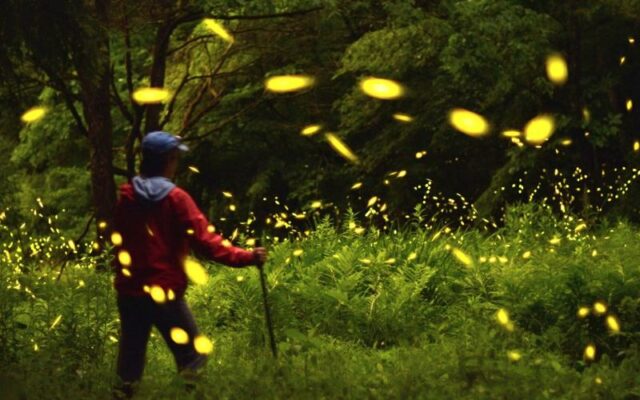
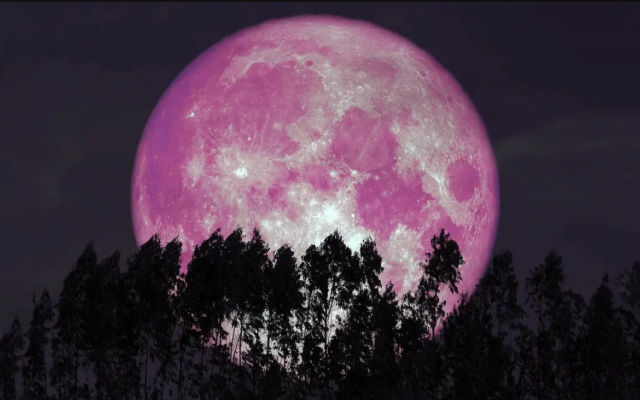
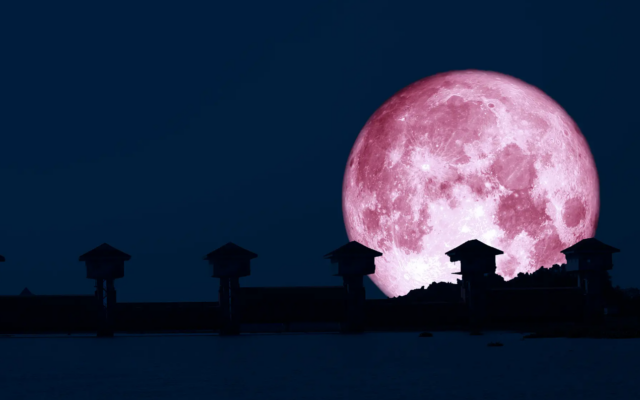
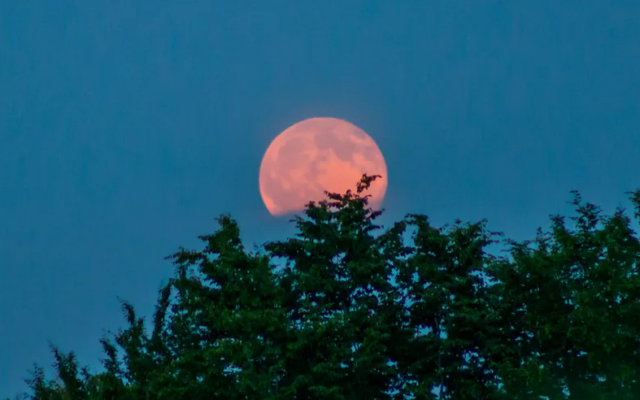
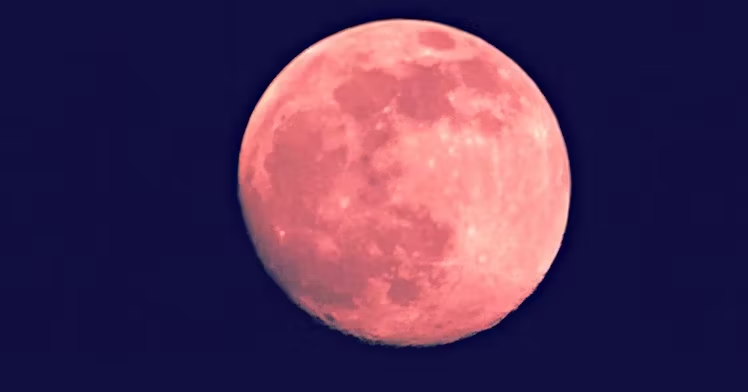

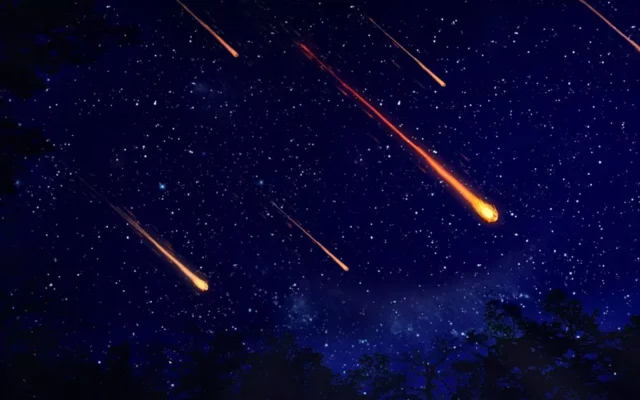
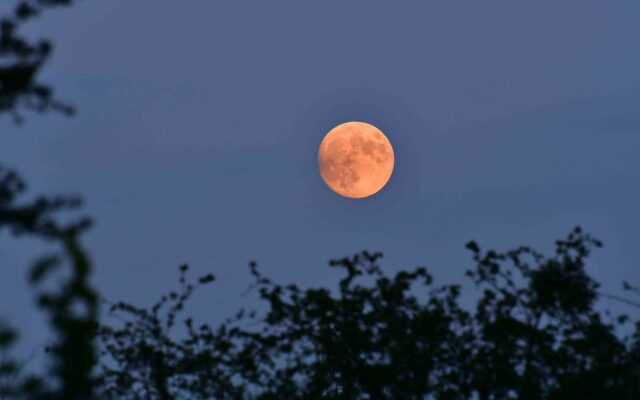
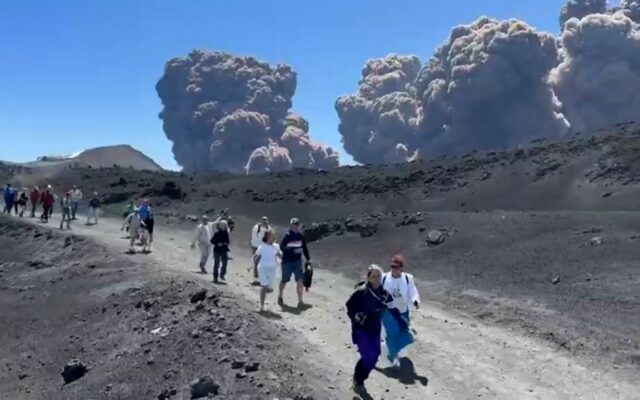
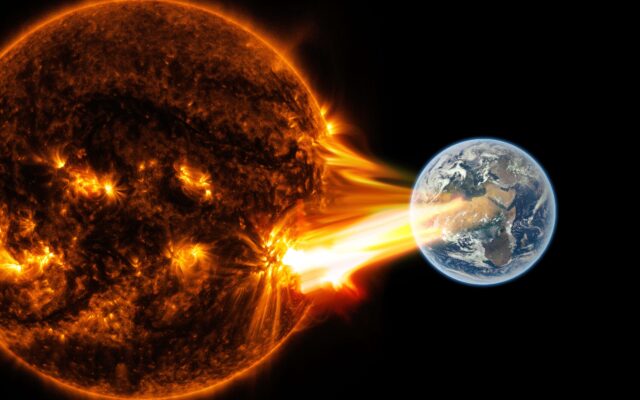
 Photographer Finds Locations Of 1960s Postcards To See How They Look Today, And The Difference Is Unbelievable
Photographer Finds Locations Of 1960s Postcards To See How They Look Today, And The Difference Is Unbelievable  Scientists Discover 512-Year-Old Shark, Which Would Be The Oldest Living Vertebrate On The Planet
Scientists Discover 512-Year-Old Shark, Which Would Be The Oldest Living Vertebrate On The Planet  Hus til salg er kun 22 kvadratmeter – men vent til du ser det indvendigt
Hus til salg er kun 22 kvadratmeter – men vent til du ser det indvendigt  Superknepet – så blir snuskiga ugnsformen som ny igen!
Superknepet – så blir snuskiga ugnsformen som ny igen! 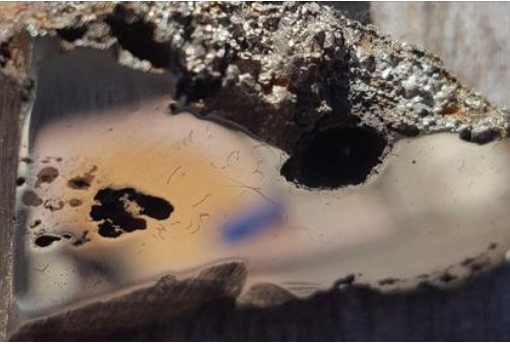 Meteorite That Recently Fell in Somalia Turns Out to Contain Two Minerals Never Before Seen on Earth
Meteorite That Recently Fell in Somalia Turns Out to Contain Two Minerals Never Before Seen on Earth  Nearly Frozen Waves Captured On Camera By Nantucket Photographer
Nearly Frozen Waves Captured On Camera By Nantucket Photographer  It’s Official: Astronomers Have Discovered another Earth
It’s Official: Astronomers Have Discovered another Earth 